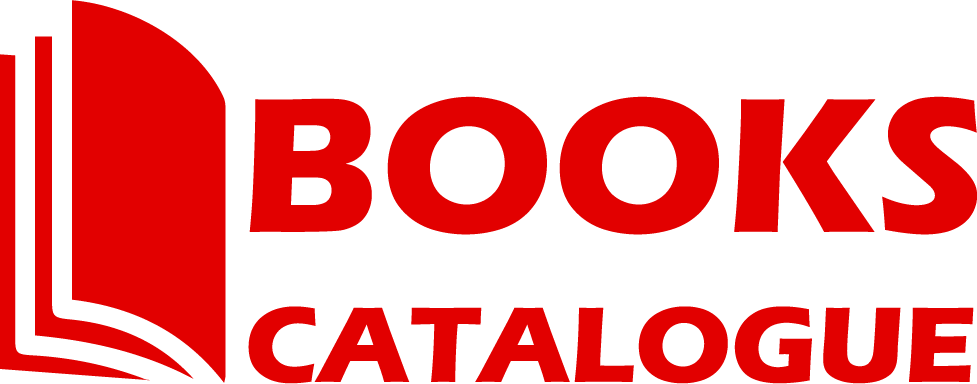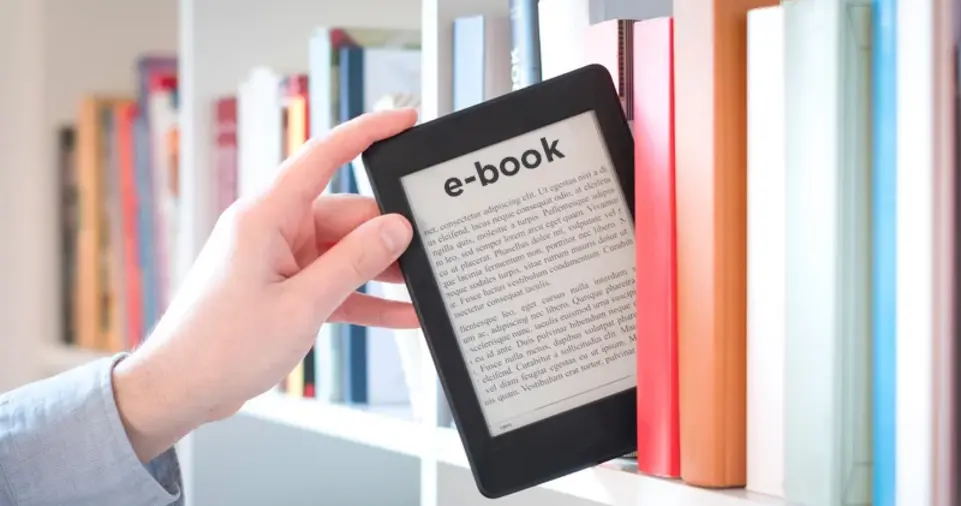In recent years, the shift from physical books to e-books has been gaining momentum, but the debate between these two formats remains as passionate as ever.
Physical books have a tactile, sensory appeal— the smell of the pages, the feel of the cover, and the act of turning each page— which many readers find irreplaceable.
However, with the rise of e-readers, tablets, and smartphones, digital books offer unmatched convenience, portability, and access to a vast library at your fingertips.
Whether you’re moving from paper to screen or the other way around, making the transition can be tricky.
Both formats offer distinct advantages and challenges that require some adaptation.
While digital books allow you to carry thousands of books wherever you go, physical books provide a reading experience that is hard to replicate in a digital format.
This article will provide helpful tips to make your transition smoother, ensuring you can enjoy the best of both worlds without feeling overwhelmed.
Why People Transition Between Physical Books and E-Books
The decision to switch between physical books and e-books often depends on lifestyle, convenience, and personal preference.
For some, the convenience of an e-book reader is a major draw, especially for those who travel often or have limited shelf space.
For others, the nostalgia and sensory experience of reading a physical book are irreplaceable.
The transition between these two mediums can be motivated by various reasons, such as:
- Travel and Convenience: E-books are portable, allowing readers to carry entire libraries in their bag or even in their pocket. This makes them ideal for travelers or commuters who need to minimize their luggage.
- Shelf Space: Physical books take up valuable shelf space. As book collections grow, it can become harder to find room to store them. E-books solve this problem by allowing readers to store thousands of books digitally.
- Environmental Impact: With concerns about deforestation and sustainability, e-books are seen by some as an eco-friendly option compared to physical books, which require paper production and shipping.
- Cost-Effective: E-books often come with lower price tags than their physical counterparts, and many public domain works are available for free. E-readers also allow for customization in font size, which can enhance reading comfort and reduce eye strain.
However, despite these advantages, many readers still prefer the experience of reading a physical book.
The texture, weight, and smell of paper can create a unique emotional connection to the material that e-books cannot replicate.
So, understanding both formats’ advantages and challenges is key to making a comfortable switch.
ALSO READ: How to Overcome Reader’s Block: 7 Simple Strategies
Starting the Transition: How to Switch from Physical Books to E-Books

Start with an E-Reader or App
When transitioning to e-books, one of the first decisions you’ll need to make is choosing the right device.
While many e-readers are available on the market, the most popular options include Kindle, Kobo, and Nook.
Each has its strengths and weaknesses, so consider what works best for you:
- Kindle: Known for its extensive library, especially if you shop on Amazon, and excellent battery life.
- Kobo: Offers a range of options and supports a variety of file types, making it great for those who enjoy importing books from other sources.
- Nook: Another reliable e-reader, with access to Barnes & Noble’s e-book store.
If you don’t want to invest in an e-reader right away, you can also download e-book apps on your tablet or smartphone, such as Kindle, Apple Books, or Google Play Books.
Once you’ve chosen your device, start by reading a few chapters of an e-book that you would typically read in physical form.
This will help you ease into the experience and make the transition less jarring.
Get Comfortable with the Digital Interface
The first time you open an e-book on your device, it can feel a bit overwhelming.
Unlike physical books, e-books come with features that take some getting used to.
Here’s how to make the digital interface more comfortable:
- Adjust the Font Size: E-books allow you to customize your reading experience. If you’re struggling to read small text, increase the font size until it feels right for you.
- Change the Background Color: If you’re reading in a low-light setting or want to reduce eye strain, adjusting the background color to sepia or dark mode can help.
- Explore Navigation Features: E-readers often include features such as a table of contents, a search function, and hyperlinks to chapters or sections. Familiarizing yourself with these tools will make your reading experience smoother.
Embrace the Portability
One of the most significant advantages of e-books is their portability.
You can store thousands of books on a single device, allowing you to have an entire library wherever you go. If you’re a frequent traveler or commuter, this feature is a game-changer.
Instead of carrying multiple physical books, you can load all your reading materials onto your e-reader and switch between them effortlessly.
To make this transition even more enjoyable, consider carrying your e-reader everywhere so you can read during any spare moments.
Take Advantage of Features
E-readers often come with a variety of helpful features designed to enhance your reading experience.
These can include:
- Bookmarking: Easily mark your spot so you can pick up right where you left off.
- Highlighting and Note-Taking: Use these features to mark important passages or make notes for future reference, which is especially useful for study or research purposes.
- Dictionary Access: Many e-readers come with built-in dictionaries, allowing you to quickly look up unfamiliar words without leaving the book.
Consider Audiobooks
Many e-readers and reading apps also offer audiobooks, which can be a great option if you’re on the go or need a break from screen reading.
Audiobooks offer a way to enjoy your favorite stories while multitasking, whether you’re driving, exercising, or doing household chores.
Switching Back to Physical Books: How to Reconnect with Paper

Create a Cozy Reading Space
If you’ve been reading primarily on an e-reader and are now switching back to physical books, try to recreate the sensory experience that makes reading physical books so enjoyable.
Set up a cozy reading nook, free from distractions. You can include soft lighting, comfortable seating, and a warm atmosphere to make your reading time more relaxing.
A physical book offers a more tactile and immersive experience, so take the time to savor the smell of the pages, the weight of the book in your hands, and the act of flipping through pages.
These small but significant aspects of reading can make the experience more rewarding.
Enjoy the Connection to the Physical Object
Unlike e-books, which are intangible, physical books allow you to feel a connection to the material object.
Many people find comfort in collecting books and displaying them on shelves.
There’s a sense of pride in owning physical copies of books you love or books that have personal significance.
When you purchase or receive a physical book, there’s an added emotional attachment because you have something concrete that represents your reading journey.
This can foster a deeper connection to the book’s content, making it feel more meaningful.
Highlight and Annotate
Physical books can be marked up in ways that e-books cannot (at least not as freely).
If you’re studying or analyzing a book, consider underlining key passages, writing notes in the margins, or using sticky notes for reminders.
For readers who enjoy actively engaging with the text, this can be an invaluable tool for deeper reflection.
Appreciate the Full Book Experience
Physical books offer a more traditional reading experience. The pages turn, and each chapter feels like a milestone.
The process of physically flipping through the pages offers a sense of progress that’s often missing from e-books.
You may also find that you’re more focused when reading physical books because there are fewer distractions.
Combining Both Worlds: The Best of Both Formats
Read E-Books on the Go and Physical Books at Home
There’s no need to choose one format over the other. Many readers enjoy a hybrid approach— reading e-books during their daily commute or while traveling, and physical books at home.
This way, you get the best of both worlds, combining the convenience of digital books with the sensory pleasure of reading physical ones.
Maintain a Balanced Reading Routine
Instead of limiting yourself to one format, try to maintain a balanced routine that includes both physical and digital reading.
Reading e-books in your free time can be more convenient, especially for short bursts of reading, while physical books offer a richer, more immersive experience for longer reading sessions.
ALSO READ: How to Keep Track of the Books You Read
Conclusion
Whether you’re transitioning from physical books to e-books or vice versa, both formats have their unique benefits.
E-books offer portability, convenience, and customizable settings, while physical books provide a rich, tactile reading experience that many readers cherish.
By taking the time to adjust to both formats, you can enjoy the best of both worlds and make your reading experience more versatile and enjoyable.

